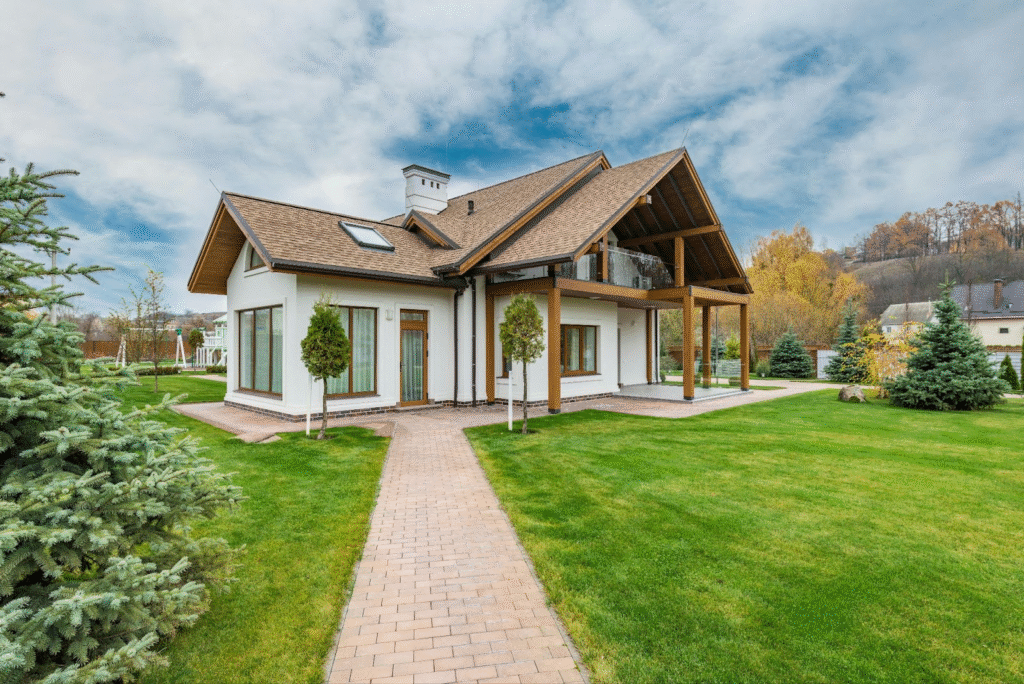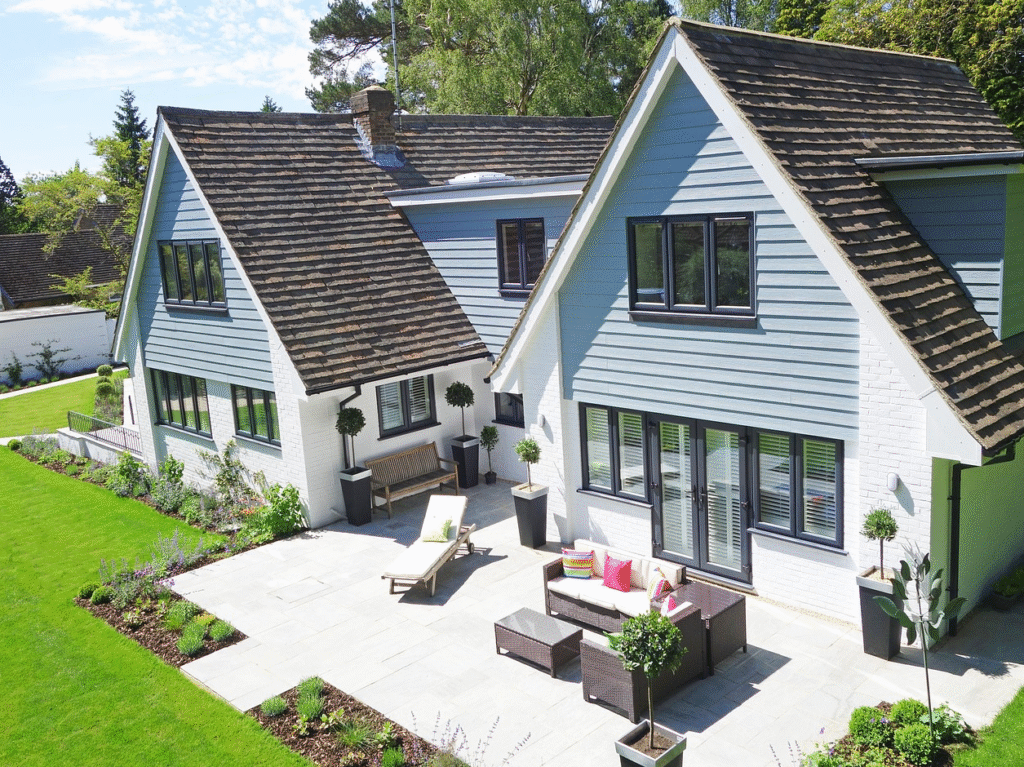
Creating a heatproof house is no longer just a comfort-driven decision but a practical one as climate patterns continue to shift. Summers are growing hotter, and homes that fail to manage indoor temperatures efficiently often leave residents with high energy bills and uncomfortable living spaces.
One of the most effective strategies for planning a home that resists heat is selecting the right insulation. The type of insulation used can determine how well a structure maintains a cool interior, reduces reliance on air conditioning, and promotes energy efficiency.
Insulation materials vary in performance, installation method, and cost, and each has unique benefits that contribute to heat-proofing strategies. By understanding these differences, homeowners can make informed choices that align with both their immediate comfort and long-term savings.
Choosing Spray Foam Insulation
Spray foam insulation has grown in popularity because of its superior sealing properties. When applied, it expands to fill cracks, gaps, and hard-to-reach spaces, forming a continuous barrier that significantly reduces heat transfer. Closed-cell spray foam, in particular, provides a higher R-value compared to many other materials, making it highly effective in keeping heat out during summer.
Beyond thermal resistance, spray foam also acts as an air barrier, preventing drafts and minimizing moisture buildup that can compromise indoor comfort. Homeowners planning for a heatproof house often find this option valuable because it not only manages heat but also contributes to improved indoor air quality. While spray foam tends to be more costly upfront, its long-lasting performance and energy savings often outweigh the investment over time.
Choosing Fiberglass Insulation
Fiberglass remains one of the most widely used insulation materials, known for its affordability and accessibility. Made from fine glass fibers, it comes in batts, rolls, or loose-fill formats. Fiberglass works by trapping pockets of air, which slows down heat transfer and helps maintain consistent indoor temperatures.
One of the reasons fiberglass insulation continues to be chosen for heatproof planning is its versatility. It can be installed in walls, attics, and crawl spaces, ensuring comprehensive coverage throughout the home. When paired with proper ventilation and modern cooling systems, fiberglass can perform well in regulating summer heat. Additionally, because it is non-combustible, fiberglass provides peace of mind in terms of safety alongside comfort.
Choosing Cellulose Insulation
Cellulose insulation, often made from recycled paper products treated with fire retardants, is an eco-friendly choice that supports both sustainability and thermal efficiency. This dense material is effective at reducing heat transfer due to its ability to fill small gaps and crevices, creating a tightly packed barrier.
Its density not only resists heat flow but also enhances soundproofing, which adds another layer of comfort for households located in busy neighborhoods. While cellulose can settle over time, professional installation can ensure even coverage and long-term performance. For homeowners prioritizing both environmental responsibility and insulation strength, cellulose stands out as a dependable option.
Choosing Reflective Insulation
Reflective insulation, often made with layers of aluminum foil and backing materials like kraft paper or plastic film, works differently than traditional insulation. Instead of simply resisting heat flow, it reflects radiant heat away from the home. This makes it especially effective in hot climates where solar heat gain is a significant challenge.
Typically installed in attics, reflective insulation can drastically reduce the amount of heat entering a home through the roof. By reflecting sunlight before it penetrates deeper into the structure, it lightens the burden on cooling systems and supports the goal of heat proofing. Reflective insulation works best when combined with other types of insulation to create a multi-layered defense against heat.
Considering Insulation in Relation to Windows and Cooling Systems
Insulation alone cannot fully guarantee a heatproof house if other elements of the home allow heat to seep in. Windows, for example, play a crucial role in regulating indoor temperature. Properly designed and sealed home window installation helps minimize heat transfer, especially when paired with low-emissivity glass or multiple panes. Likewise, ensuring the insulation complements the performance of the cooling system is vital.
In regions with hot summers, homeowners often rely on companies such as BJ Heating & Cooling for modern air conditioning solutions. When insulation is thoughtfully selected and paired with efficient cooling systems, the combination leads to long-term comfort and reduced energy strain. It highlights the importance of considering the house as a system where insulation, windows, and HVAC units all work together.
Choosing Insulation Based on Climate and Budget
Not all insulation performs equally in every environment, so climate should always be part of the decision-making process. For example, reflective insulation may be more valuable in consistently hot regions, while spray foam might be more beneficial in areas with both heat and humidity. Similarly, budget constraints can influence choices, as fiberglass may be more attainable for some households, while others may invest in spray foam for its long-term efficiency.
Weighing upfront costs against future energy savings is essential for making a balanced decision. Though insulation is often viewed as a hidden feature, its effect on daily comfort and energy efficiency is profound. When chosen wisely, it reduces utility bills, prolongs the lifespan of cooling systems, and contributes to the overall sustainability of the home.
Final Thoughts on Insulation for Heatproof Homes
Insulation is a cornerstone of effective heatproof house planning. Whether homeowners choose spray foam, fiberglass, cellulose, or reflective materials, each option offers unique benefits that can significantly influence how well a home withstands rising summer temperatures. When paired with efficient windows and cooling systems, insulation becomes part of a comprehensive strategy that ensures year-round comfort.
Ultimately, planning a house that resists heat is not just about keeping cool but also about creating a sustainable, energy-efficient environment that supports modern living. By carefully evaluating insulation options, homeowners can achieve a balance of comfort, cost-effectiveness, and resilience against the challenges of hotter climates.



